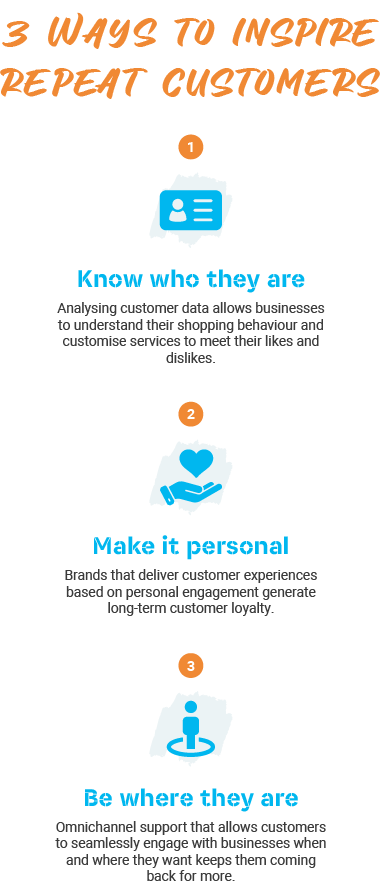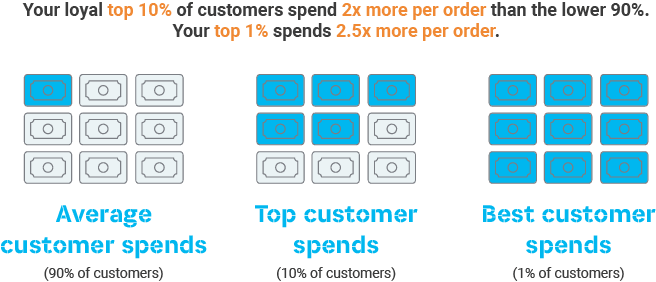-
About Us
Probe CX is a tech-powered, global customer experience organisation that amplifies human capabilities with technological excellence.
-
Awards and Accreditations
As an industry-leading CX and digital transformation provider, Probe CX has a resume to match any of our competition.
-
Compliance
Industry-recognised certifications to protect what matters most to our clients and their customers.
-
Locations
Over 9,000 team members delivering exceptional customer experiences across five countries.
-
Vision and Culture
We help our clients become modern digital organisations by combining the latest technology with people, process and data.
-
Executive Team
Meet the team with unmatched experience committed to helping organisations create environments for digitally-enabled CX to thrive.
-
Blog
Discover the latest insights, information and trends in blogs created by customer experience experts.
-
News
Learn where Probe CX have been recognised in the news, including awards, accreditations, acquisitions, partnerships and more.
-
Resources
Download our latest resources including whitepapers, case studies, tip sheets, reports and brochures..
A leading energy and gas industry retailer required support with credit collection activities and help to optimize their KMS.
- Blog
- The power of repeat customers in an uncertain world
The power of repeat customers in an uncertain world

While the thirst for repeat customers is nothing new, it has been amplified during the past year as market forces inspire many businesses to increasingly seek ‘good revenue’ over hypergrowth. Amid reduced retail spending due to rising inflation and cost of living pressures, there has been a subtle shift away from relentlessly pursuing new customers at considerable expense in favor of increasing the basket size of more profitable repeat customers. The latter also tends to be more reliable, which is crucial at a time when bad debts and flight risks need to be minimized.
In a bid to help businesses that are lowering their forecasts on the back of economic uncertainty, this article is designed to shine a light on the benefits of repeat customers and how to nurture them.


Benefits of repeat customers
Repeat customers are a valuable resource for several reasons including:
- Consistent revenue – repeat customers mean businesses can forecast more confidently as they are less likely to be won over by competitors or one-off discounts, thus providing a regular income stream.
- Quality advocates – customers that make repeated purchases are more likely to promote a brand’s goods or services to their friends and family and deliver free word-of-mouth advertising.
- More economical – studies have shown it costs five times more to acquire new customers than keep current ones4. Repeat customers are also a key factor in raising average order value (AOV), which is a highly valuable metric that refers to the average amount spent by customers per transaction.

Why are repeat customers important?
In addition to the above benefits, repeat customers are a vital resource for several reasons including:
- Feedback: repeat customers are more likely to become engaged and provide valuable insights into what works well and what could be improved. This feedback loop allows businesses to refine their products, services and customer experiences to meet their needs and hopefully attract new consumers.
- Long-term relationships: nurturing long-term relationships with customers should be a priority for businesses given its impact on sustainable growth. Repeat customers have been shown to not only make repeat purchases over extended periods but provide the stability organizations need to navigate the peaks and troughs of commercial life.
- Competitive advantage: the only thing worse than losing a customer is losing them to a serious competitor. Loyal customers are less likely to switch to rival operators, even if they offer similar products or services at lower prices, and this provides a crucial buffer against market fluctuations.
How to nurture repeat customers
There are a variety of strategies and technologies businesses can invest in to nurture repeat customers including:
- Personalization – modern customers do not just want personalization. They demand it and that means identifying the kinds of experiences and interactions individual customers want. Businesses should work with CX experts that can deliver augmentation tools and background analytics to ascertain targeted experiences for repeat customers based on buying and engagement habits.
- Journey mapping – a customer journey map is a tremendous tool for understanding the entire customer experience and, in turn, highlighting the key moments that inspire people to become repeat customers. From the time someone clicks on a website or app or reaches out to a contact center to their post-purchase engagement, it is beneficial to frame customer behavior as a story and identify opportunities to improve the narrative.
- Survey tools – the ability to measure, track and improve customer retention is crucial and there are a variety of tools and solutions to help do just that. Quality CX providers can use analytics and automation platforms to connect customer data from different sources and, more importantly, use it to provide actionable insights that are tailored for specific customer groups and individuals.
Summary
As should now be clear, far too many businesses fail to maximize revenue within their existing customer base because they spend too much time trying to win new ones. The good news is change is within reach, especially for organizations that team with a CX provider that has the people, technology and expertise to help them grow and nurture repeat customers. There has rarely been a more important time to work smarter and this is one strategy that fits the bill.
The modern workforce is forever evolving and organizations that fail to stay abreast of the latest workplace trends risk unnecessary headaches. Discover how to stay ahead of future contact center trends and the strategies that will help navigate uncertain times .
Related Articles
Digital Transformation
Cloud contact centers – what they are and why they work
Learn how the cloud is revolutionizing the contact center environment and making life better for customers, agents and businesses.
Customer Experience CX
How to improve contact center agent performance
Learn practical tips to improve contact center agent performance in the modern-day contact center.
Customer Experience CX
Customer-centric trends shaping 2023
Customer-centric companies are successful companies, which is why so many will be tapping into this year’s top tips for nurturing happier consumers.
© Copyright 2025 Probe CX | Probe CX is a proudly owned subsidiary of Probe Group
Privacy Policy | Responsible AI Policy | Financial Hardship Policy | Whistleblower Policy | Complaints Procedure | Supplier Code of Conduct | Make a Payment | Client Login





